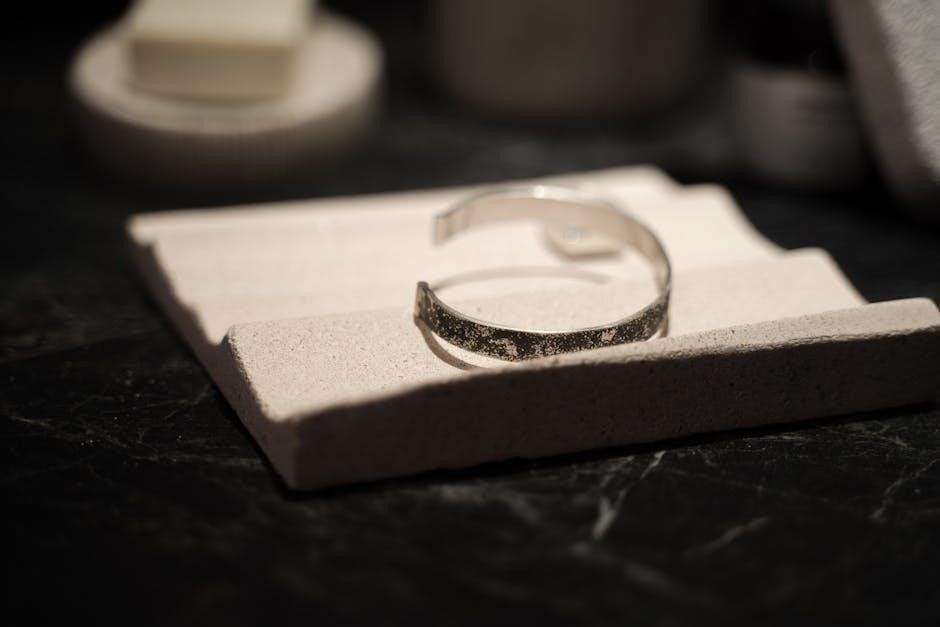Understanding Sterling Silver
Sterling silver, an alloy of 92.5% silver and 7.5% other metals, is prized for its durability and lustrous appearance. It is the standard for fine silverware due to its strength and resistance to tarnish. The hallmark “925” confirms its authenticity, ensuring a high-quality product. This composition makes it ideal for flatware, balancing purity with practicality for everyday use and special occasions alike.
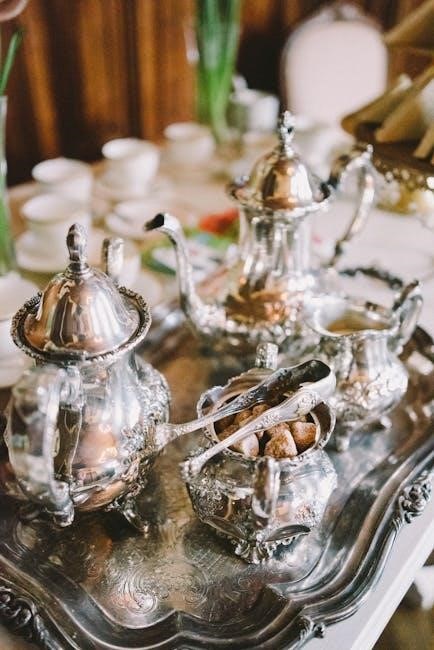
What is Sterling Silver?
Sterling silver is a high-quality alloy containing 92.5% pure silver and 7.5% other metals, enhancing durability without compromising its luxurious appearance. The “925” hallmark guarantees authenticity, signifying a trusted standard for fine silverware. Its composition balances purity and strength, making it ideal for flatware. Unlike pure silver, which is too soft for practical use, sterling silver offers resilience while maintaining a brilliant luster, ensuring it remains a timeless choice for both everyday and special occasions.
The Importance of Hallmarks and Stamps
Hallmarks and stamps are essential for verifying the authenticity of sterling silver. The “925” hallmark indicates the alloy contains 92.5% silver, ensuring quality and purity. These marks are legally required and serve as a guarantee of craftsmanship. Regional variations in stamps can help trace the item’s origin, adding historical value. For appraisals, hallmarks are crucial as they confirm the metal’s legitimacy, directly influencing its value. Always look for these stamps when assessing or purchasing sterling silver flatware to ensure its authenticity and worth.
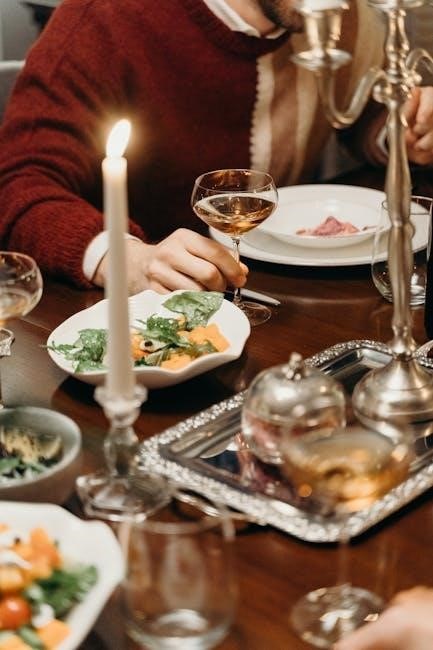
Historical Significance of Sterling Silver Flatware
Sterling silver flatware has a rich history, symbolizing wealth and refinement. Its craftsmanship and durability have made it a cherished possession for centuries, blending artistry with functionality.
Historical Background and Popular Patterns
Sterling silver flatware has a storied past, dating back to the 13th century when it became a standard for luxury; Popular patterns like “1847 Rogers” and “French Provincial” are highly sought after for their intricate designs and craftsmanship. These patterns often reflect the cultural and artistic movements of their time, such as the ornate details of Victorian styles or the sleek lines of mid-century modern designs. Collectors and enthusiasts value these pieces not only for their beauty but also for their historical significance and enduring elegance.
Antique vs. Modern Sterling Silver Flatware
Antique sterling silver flatware often holds greater value due to its rarity, historical significance, and intricate craftsmanship. Pieces from renowned makers like “1847 Rogers” are highly prized. Modern sterling silver, while equally durable, offers more contemporary designs and is generally more accessible. Antique flatware typically features unique patterns and hallmarks, whereas modern pieces may lack the same level of detail but are crafted with advanced techniques. Collectors often prefer antiques for their timeless appeal, while modern options cater to everyday use and updated aesthetics.
Determining the Value of Sterling Silver Flatware
The value of sterling silver flatware is determined by hallmarks, condition, market demand, and weight. Hallmarks like “925” confirm authenticity, while condition and rarity significantly impact worth.
Factors Affecting the Value of Sterling Silver
The value of sterling silver flatware is influenced by hallmarks, patterns, condition, and weight. Hallmarks like “925” confirm authenticity, while intricate designs increase worth. Condition plays a significant role, with flawless pieces commanding higher prices. Weight is also a factor, as heavier items contain more silver. Market trends, regional demand, and historical significance further impact value. Rare or discontinued patterns can elevate worth, while signs of wear or damage may reduce it. Proper care and provenance also contribute to determining its final value.
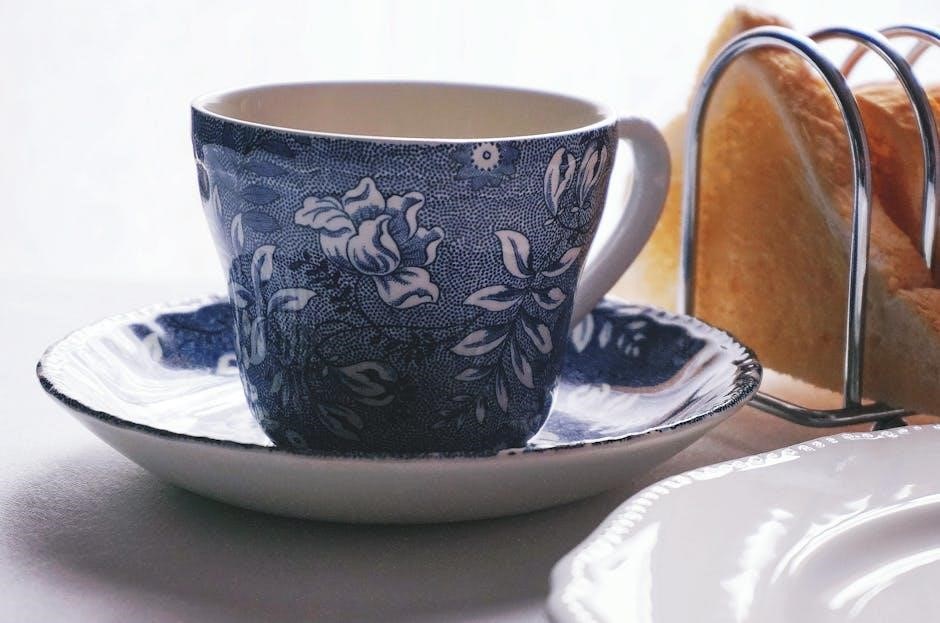
How to Calculate the Worth of Your Sterling Silver
To determine the value of sterling silver flatware, start by identifying hallmarks like “925” to confirm authenticity. Measure the weight in troy ounces, as silver is typically priced per ounce. Use a silver price calculator to multiply the weight by the current spot price of silver. Additionally, consider market demand, condition, and rarity. Polished and undamaged items fetch higher prices. Rare patterns or historical significance can increase value further. Professional appraisals are recommended for accurate assessments, especially for antique or unique pieces.
Market Demand for Sterling Silver Flatware
Market demand for sterling silver flatware remains strong, driven by its timeless appeal and versatility. Holiday gatherings and special occasions fuel interest in high-quality, ornate pieces. Rare patterns and antique designs attract collectors and connoisseurs, while modern sets appeal to those seeking durability and elegance. The desire for sustainable, valuable heirlooms further boosts demand, making sterling silver flatware a sought-after treasure for both practical and decorative purposes.
Popular Sterling Silver Flatware Patterns and Their Demand
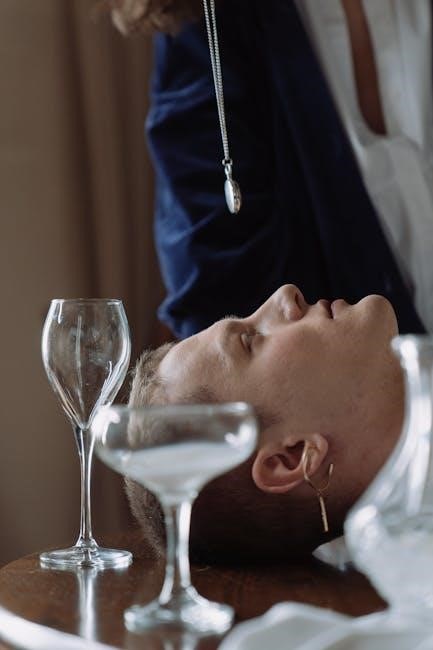
Classic patterns like “French Provincial” and “Chantilly” remain highly sought after for their intricate details and timeless elegance. “Reed & Barton” and “Tiffany” designs are also prized for their craftsmanship. Modernist and Art Deco styles are gaining popularity among younger collectors. Rare or discontinued patterns often command higher prices due to limited supply. The demand for sterling silver flatware is further driven by its durability, making it a practical investment. Collectors and homeowners alike value these pieces for their aesthetic appeal and historical significance, ensuring sustained market interest.
Regional Differences in Market Value
Market value of sterling silver flatware varies by region due to differences in demand, cultural preferences, and economic conditions. In North America and Europe, classic patterns like “French Provincial” are highly sought after, driving up prices. In contrast, Asian markets may favor modern, minimalist designs. Additionally, regions with a strong tradition of silver craftsmanship, such as the UK, often see higher valuations. Local auction houses and specialized dealers also influence regional pricing trends, making appraisal values location-dependent.
Care and Maintenance of Sterling Silver Flatware
Regular polishing with a silver cloth and mild solutions prevents tarnish. Avoid harsh chemicals and abrasive materials to maintain luster. Store flatware separately in a cool, dry place to preserve condition and value.
How to Clean and Polish Sterling Silver Flatware
To maintain the luster of sterling silver flatware, use a soft silver polishing cloth or a mild silver polishing solution. Avoid harsh chemicals or abrasive materials, as they can scratch the surface. For deeper cleaning, mix a solution of warm water and mild dish soap, then rinse thoroughly and dry with a soft cloth. Regular polishing prevents tarnish and preserves the metal’s shine. For heavily tarnished items, consider professional polishing or specialized silver creams. Always handle flatware gently to avoid damage and extend its lifespan.
Proper Storage to Preserve Value
Proper storage is essential to maintain the value of sterling silver flatware. Store pieces in a cool, dry place, away from direct sunlight and humidity. Use a silvercloth or anti-tarnish strips to prevent tarnish. Avoid stacking flatware to prevent scratching. Consider storing each piece individually in a padded silver chest or velvet-lined box. Clean and dry flatware thoroughly before storage to prevent tarnish and corrosion. Regular inspection ensures pieces remain in optimal condition, preserving their value and appearance for future generations.
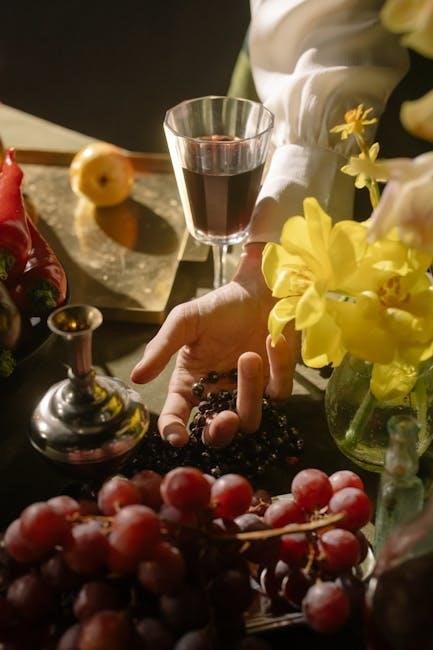
Appraisal and Selling of Sterling Silver Flatware
Sterling silver flatware can be appraised by professionals or online resources. Selling options include auctions, estate jewelers, or silver buyers. Current silver prices influence value.
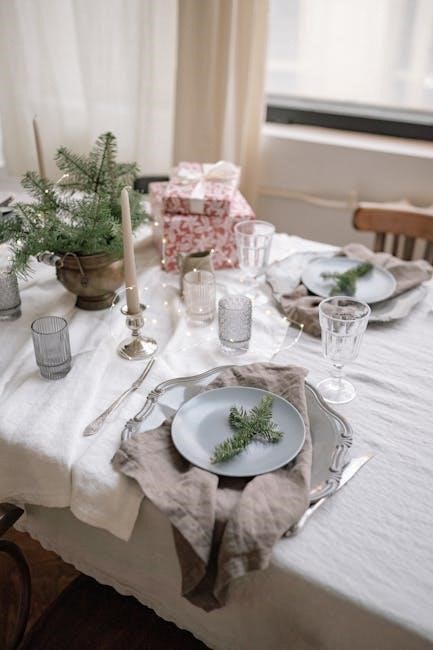
Where to Get Your Sterling Silver Appraised
Your sterling silver flatware can be appraised by professionals at jewelry stores, silver buyers, or antique dealers. Online platforms also offer valuation services. For accuracy, choose reputable appraisers with expertise in silverware. They will assess condition, hallmarks, and historical significance. Auction houses and estate jewelers often provide detailed appraisals. Research local options or seek recommendations to ensure a fair evaluation. Proper documentation from appraisers can help determine the market value of your pieces.
Options for Selling Your Sterling Silver Flatware
You can sell your sterling silver flatware through various channels, including auctions, estate sales, or online marketplaces like eBay. Reputable dealers, jewelers, or silver buyers often purchase such items. Consignment shops may also sell your flatware for a fee. Online platforms allow you to reach a wider audience, while local antique dealers might offer competitive prices. Ensure you have your items appraised first to determine their value. High-quality photos and detailed descriptions can attract more buyers when selling online.
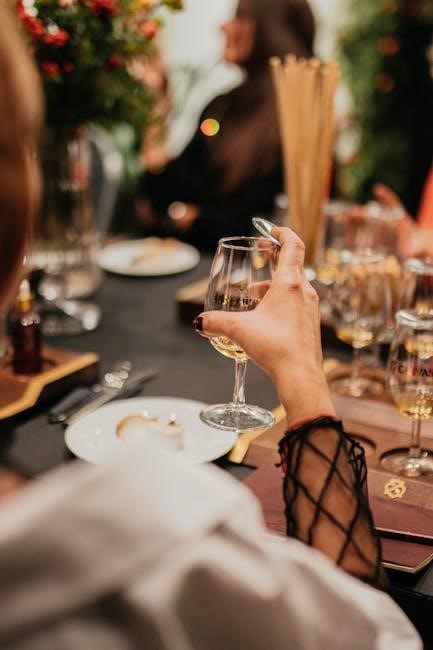
Common Mistakes to Avoid
Common mistakes include improper polishing, which can wear away silver, and inadequate storage, leading to tarnish. Selling without appraisal may result in undervaluing your items.
Mistakes That Can Reduce the Value of Sterling Silver
Common errors that can diminish the value of sterling silver include improper cleaning techniques, such as using harsh chemicals, which can damage the metal. Over-polishing is another mistake, as it can wear away the silver layer. Additionally, storing silver improperly without protection can lead to tarnish. Selling without a professional appraisal may result in undervaluing the items. These mistakes can reduce both the aesthetic appeal and monetary worth of sterling silver flatware, making it essential to handle and maintain it with care.
How to Avoid Damaging Your Sterling Silver Flatware
To preserve the integrity of sterling silver flatware, avoid exposure to harsh chemicals or abrasive cleaners, as they can erode the metal. Use soft, non-abrasive cloths for polishing to prevent scratching. Store silver in a cool, dry place, ideally in individual cloth pouches or a lined box, to minimize tarnish. Avoid stacking pieces, as this can cause wear. Regular polishing with gentle silver polish helps maintain its luster. By following these care practices, you can protect your sterling silver flatware from damage and maintain its value over time.
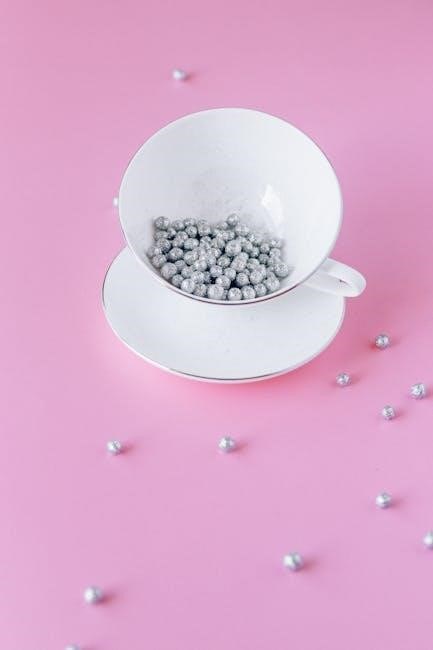
The Investment Potential of Sterling Silver
Sterling silver flatware offers strong investment potential due to its intrinsic silver value and historical appreciation; Rare or antique pieces often increase in worth over time.
Why Sterling Silver Flatware Can Be a Good Investment
Sterling silver flatware is a savvy investment due to its high silver content (92.5%) and durability. Its value appreciates over time, especially for rare or antique pieces. The intrinsic value of silver ensures it holds monetary worth, while its aesthetic appeal enhances its desirability. Additionally, sterling silver can be melted down for its metal content, offering flexibility. Collectors and investors alike appreciate its potential for long-term growth, making it a tangible asset with both functional and financial benefits.
How to Identify Sterling Silver with Long-Term Value
To identify sterling silver with long-term value, look for hallmarks like “925” or “sterling,” ensuring authenticity; Pieces in excellent condition, with minimal wear, retain value best. Rarity, historical significance, and craftsmanship also enhance worth. Antique or vintage items from renowned makers often appreciate. Additionally, flatware with intricate designs or unique patterns may attract collectors. A strong demand for specific styles or eras further boosts value. Investing in well-maintained, high-quality sterling silver ensures a tangible asset with enduring appeal and potential for appreciation.
Sterling silver flatware combines timeless appeal with practical durability, offering lasting value when properly cared for and preserved, making it a cherished family heirloom for generations.
Key Takeaways for Maximizing the Value of Sterling Silver Flatware
To maximize the value of sterling silver flatware, ensure proper care, avoid harsh chemicals, and store items in a cool, dry place. Regular polishing maintains its shine and prevents tarnish. Understanding market demand, historical patterns, and regional preferences can help in pricing and selling. Always seek professional appraisals for accurate valuations. Avoid common mistakes like over-polishing or using abrasive cleaners, as they can damage the metal. By preserving its condition and authenticity, your sterling silver flatware retains its value and appeal for future generations.
Final Thoughts on the Importance of Sterling Silver
Sterling silver holds timeless value as a precious metal alloy, cherished for its durability and elegance. Comprising 92.5% silver and 7.5% other metals, it strikes a perfect balance between purity and practicality. Its appeal extends beyond utility, as it often becomes a cherished family heirloom. The hallmark “925” guarantees authenticity, while proper care ensures its lustrous appearance endures. Whether for everyday use or special occasions, sterling silver flatware remains a testament to craftsmanship and sophistication, preserving its worth for generations to come.
